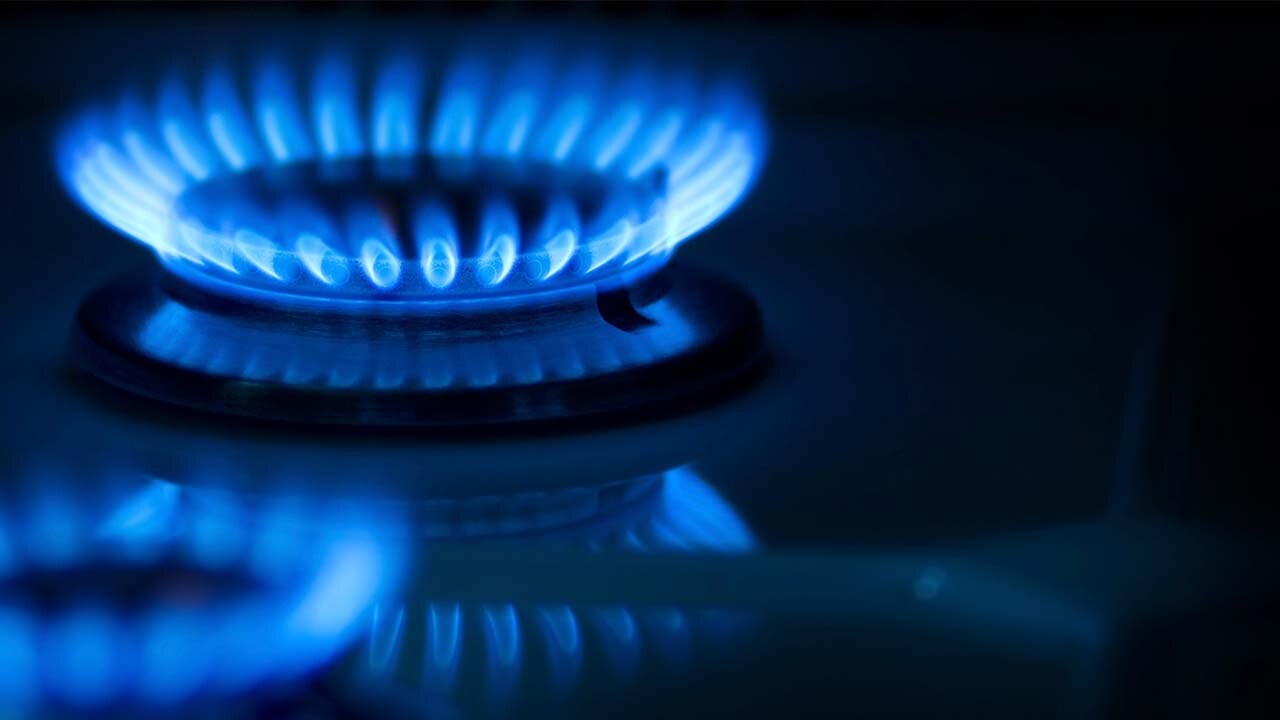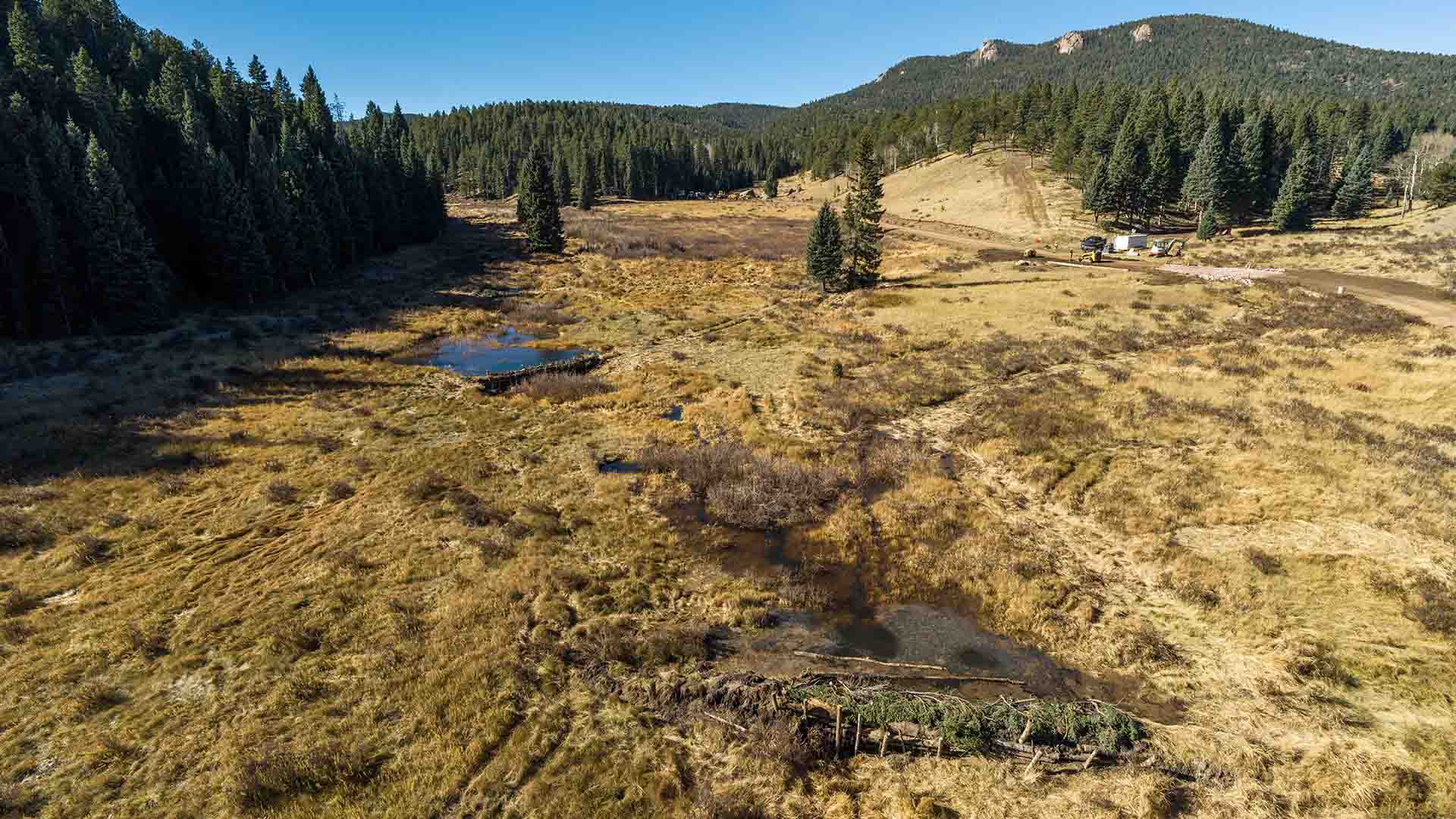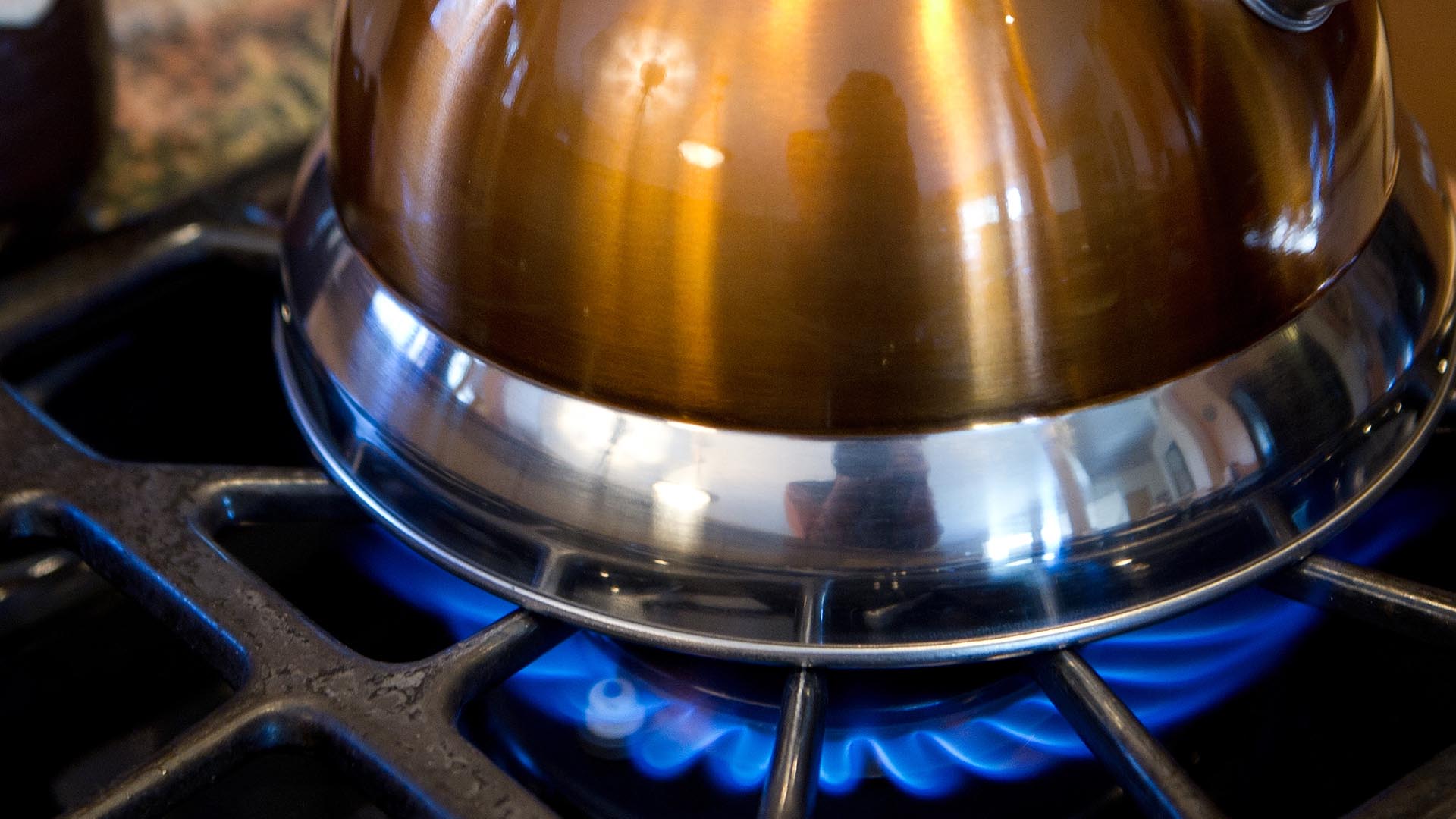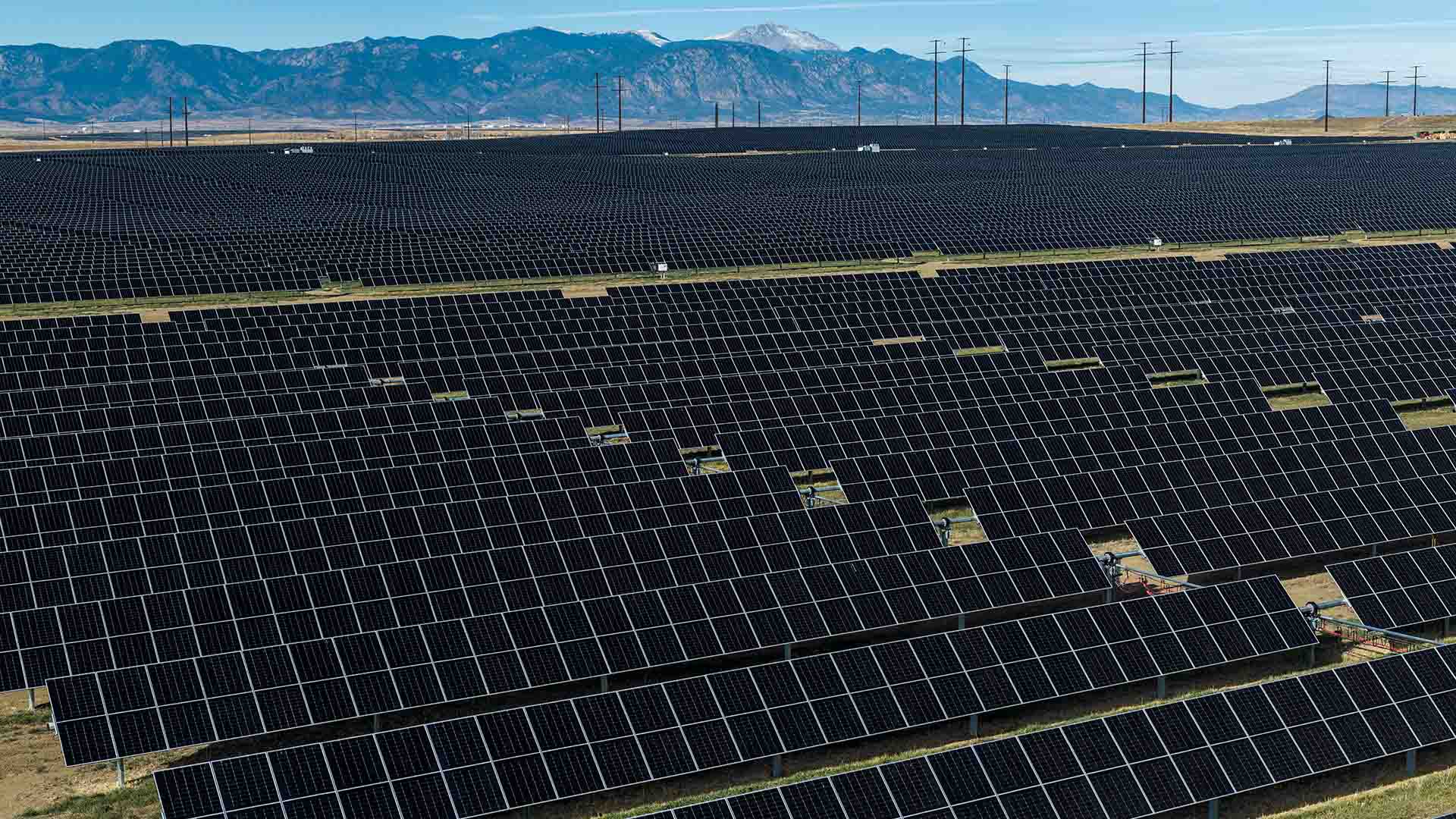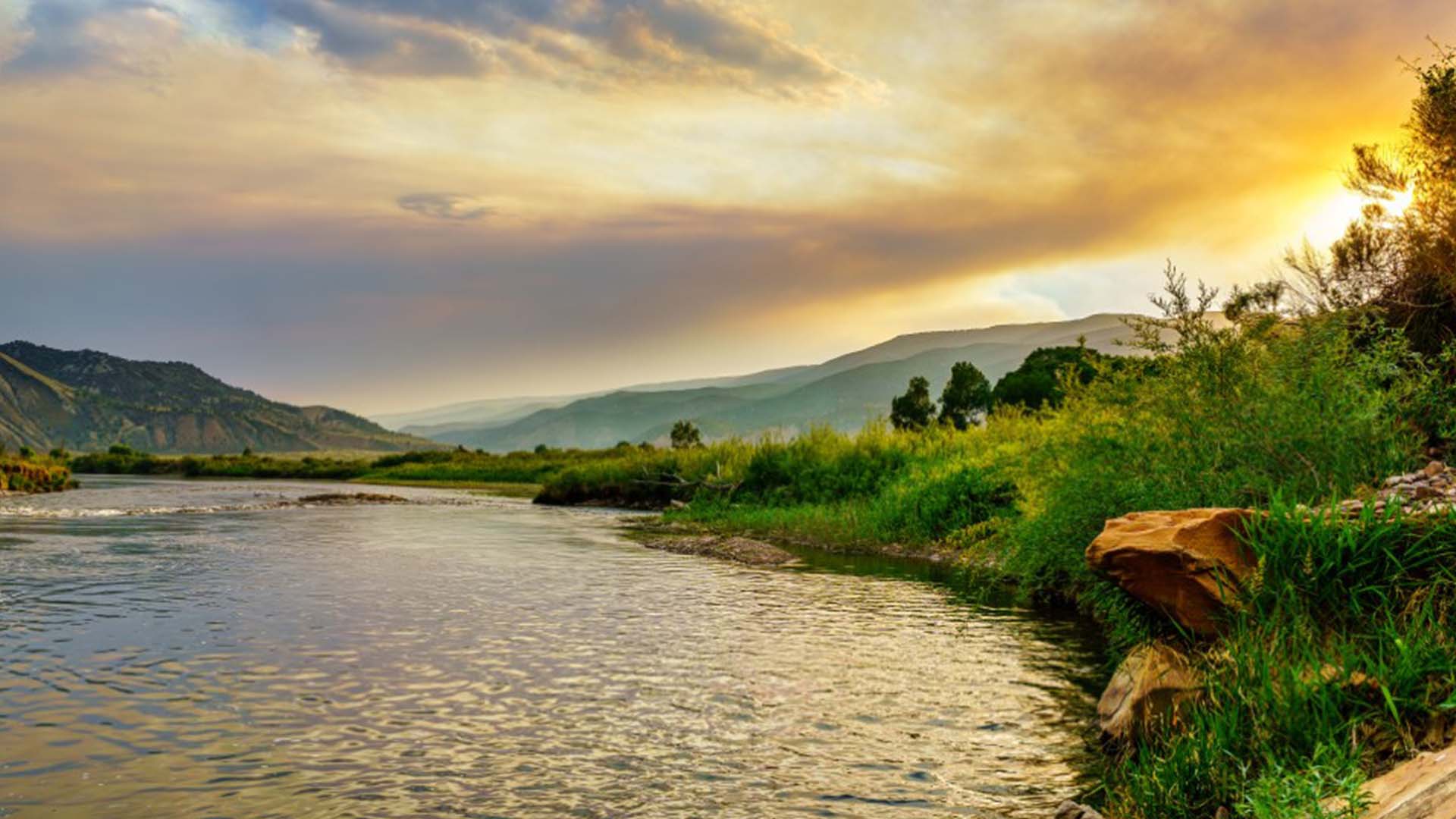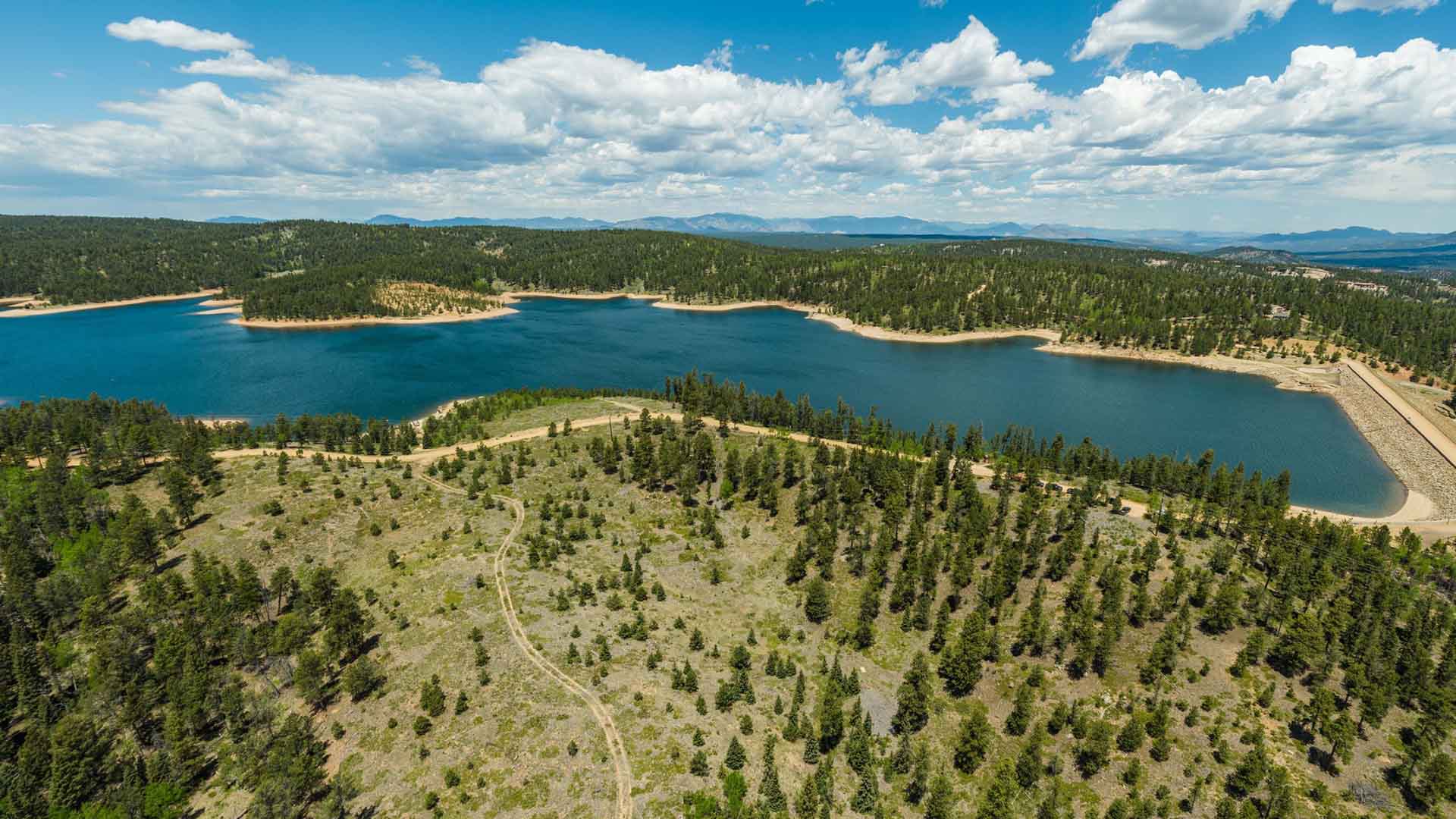
Jennifer J.
Duration: 1 minute
Published on September 30, 2020
In This Article
You may have some leaf-peeping plans this weekend and you might be particularly drawn to places in the high country. Places where you can picnic beside water surrounded by the changing aspens, sitting below skies of blue. Chances are, you’ll see parts of the system that brings water to Colorado Springs.
Along some waterways, you may notice more water flowing than you typically see this time of year, like in the stunning images we captured. The flowing water provides so much more to Coloradans than beautiful views. Let me tell you about it.
That water flow is happening because earlier this week we started releasing a measured amount of water from Homestake Reservoir, down Homestake Creek to the Eagle River and on to Dotsero where it will join the Colorado River and continue to the Colorado-Utah border.
Why would we do this you ask? Simply put, we’re looking ahead. How we plan today affects our ability to provide clean, safe drinking water for generations to come. The Homestake Reservoir pilot release experiment will give us the data we need to make better decisions when it comes to fulfilling our water obligations downriver.
Water in the west is a precious resource. While we are first committed to providing supply to our community, we are also committed to working with others across the state and region to provide a sustainable water supply for everyone. It’s the right thing to do for us, and for others.
How much of the released water makes it to the state line is a question the state Division of Water Resources engineers hope to answer. They’re watching the water along the way using protocols developed by the state water engineer’s office to glean the most information from the experiment as possible, including identifying barriers – physical or administrative – that may affect our ability to send water to our neighbors to the south and west that also rely upon Colorado River water.
The idea for an experimental release was presented to the state engineer by the Front Range Water Council (FRWC), of which we are a part. It’s a good time for it, too, as the dry summer conditions that have led up to the release mimic drought conditions that might require us to send water downriver in the future. In addition, seasonally low flow rates in the river basin this time of year will help engineers with measurements along the route. It’s expected that evaporative losses and thirsty vegetation will impact the amount of water that arrives at the state line, but to what degree is unknown.
The water being released from Homestake Reservoir includes contributions of 600 acre feet each by Colorado Springs Utilities, Aurora Water and the Pueblo Board of Water Works. For Colorado Springs Utilities, 600 acre feet is less than 0.3% of our current systemwide storage; however, it represents a much larger investment in terms of answering the question of what a Colorado River Compact curtailment, or “call” on our water might involve.
In case I lost you there, let me explain the broader situation.
The Colorado River provides water for 40 million people in seven western states, including Colorado Springs residents. A nearly century-old legal agreement, the Colorado River Compact, splits those states into Upper Basin (Colorado, Wyoming, New Mexico and Utah) and Lower Basin (Arizona, Nevada and California), and sets the amount of water that must be available to the Lower Basin from the Upper Basin. How likely is it that we will be asked to relinquish water to shore up supplies in those states? Nearly two decades of persistent drought in the West, combined with historically low levels in their storage reservoirs – Lakes Powell and Mead - make it a very real possibility, even if it is to implement demand management practices that allow us to conserve water and indirectly satisfy our compact obligations.
Up to 70% of our community’s water supply comes from the Colorado River Basin but, like many other municipalities on the Front Range, our water rights on the western slope were secured after the compact was put in place. Thus, Front Range water providers will bear the brunt of producing water for a curtailment. We have a vested interest in understanding more about the reality of delivering water if that call comes and how we can be prepared – just in case.
Projects such as the Homestake water release don’t result from siloed efforts. From the FRWC’s initial concept for an experimental state line delivery project and the contribution of water by participating entities, to working with the state water engineer’s office and garnering the support of other water organizations, such as Western Resource Advocates, it has been a collaborative effort to secure information that will benefit all water users dependent on Colorado River Basin water.
It really is about recognizing that we are all in this together. Water is a resource we must manage carefully so that everyone gets to enjoy it, especially this time of year when the brilliance of fall colors lures us outside and gives us another chance to appreciate the source.
Happy leaf peeping!




